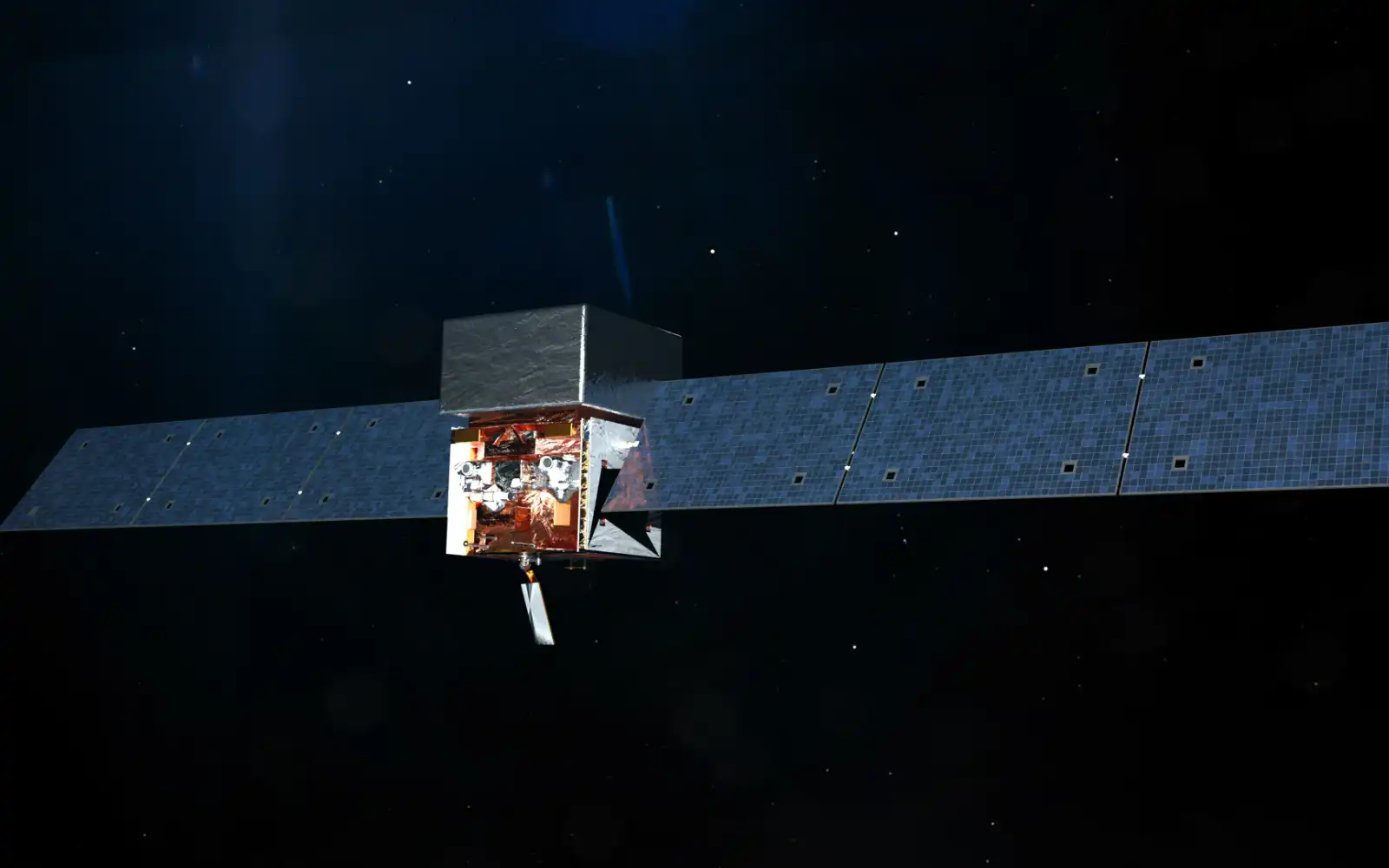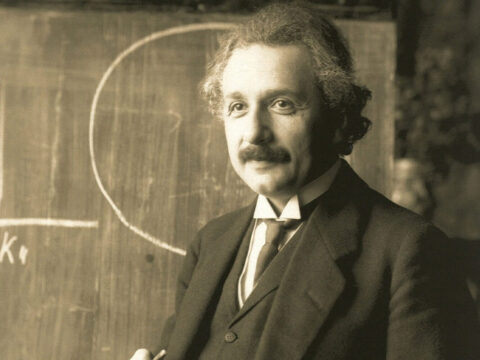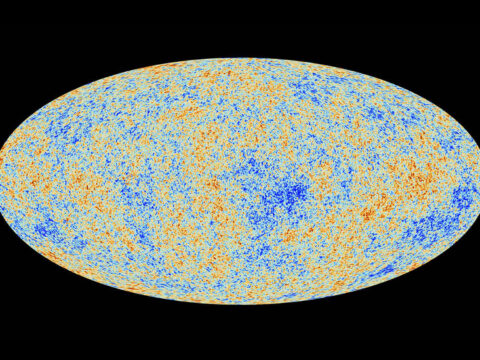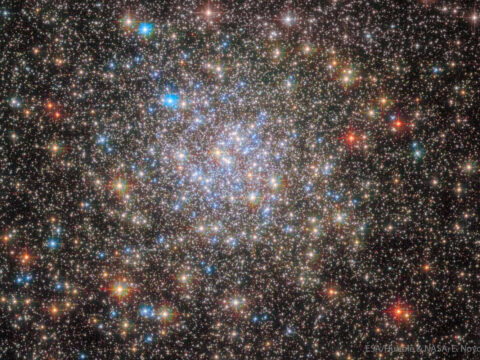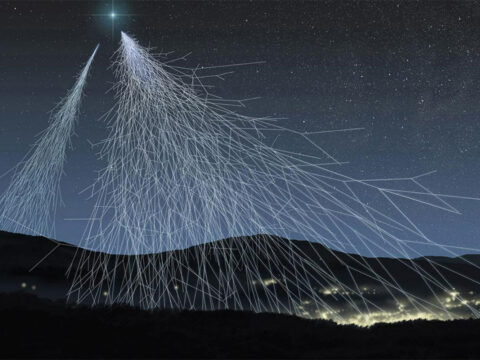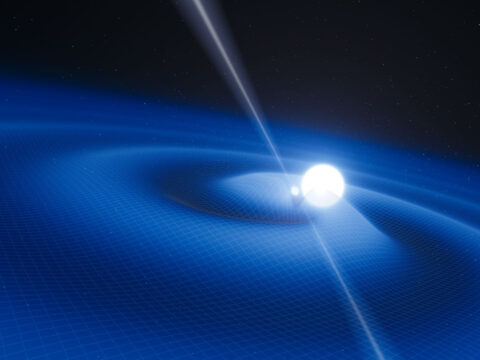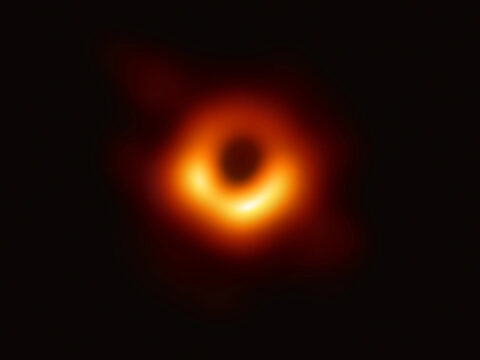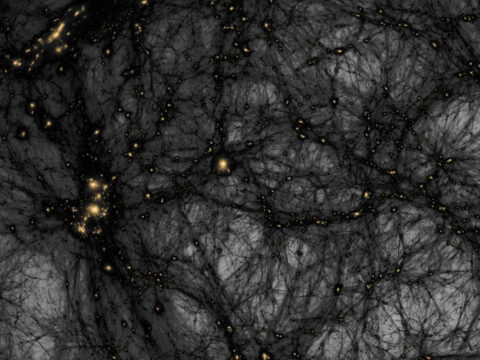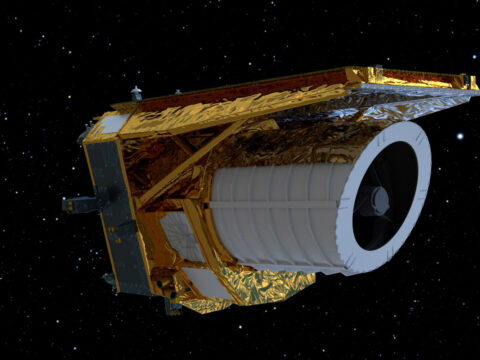On 17 August 2017, a coalescence of neutron stars that occurred in the NGC 4993 galaxy (at approximately 130 million light years from us) was observed at the same time by LIGO and Virgo gravitational wave observers and by numerous electromagnetic telescopes (from radio waves to energetic gamma rays) throughout the world. This event, which is still the only one observed of this type, is considered to symbolise the birth of so-called “multi-messenger astronomy”. This new approach to exploring the universe enables the investigation of the same astrophysical event through various cosmic messengers, carriers of different and, in many cases, complementary information.

